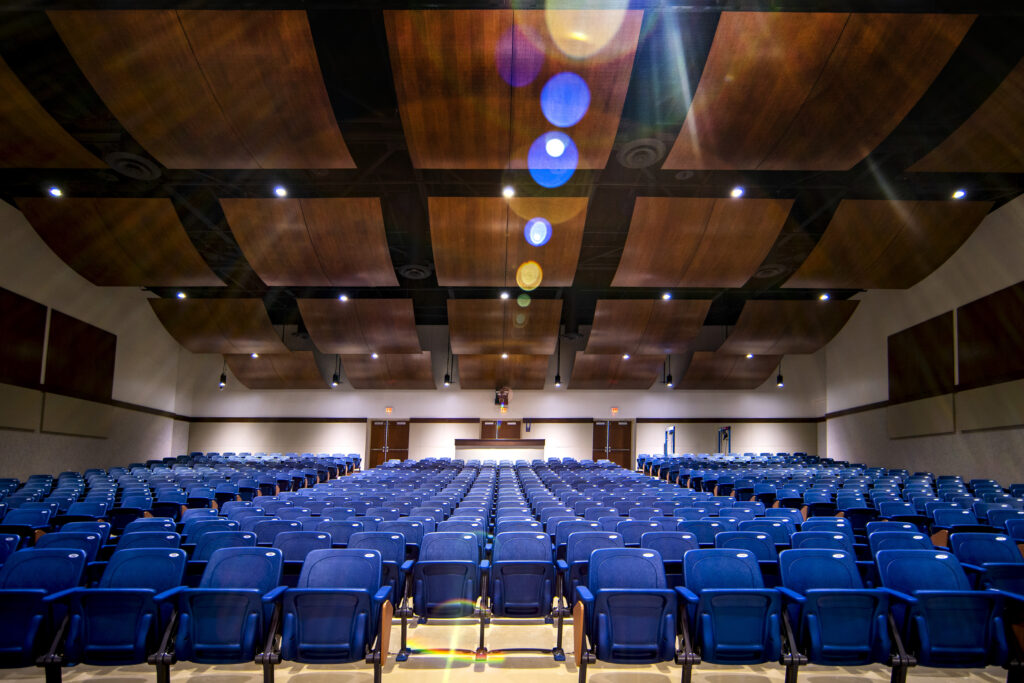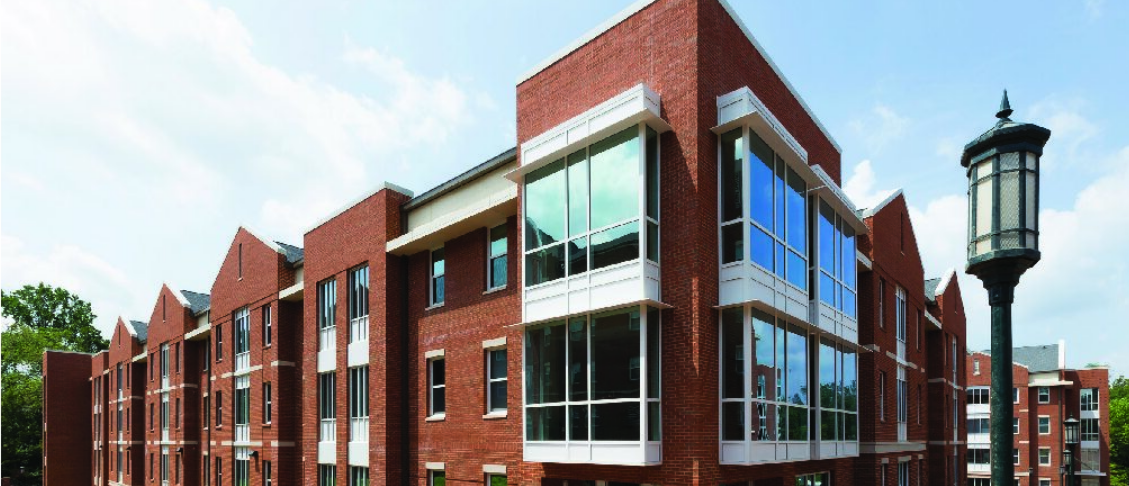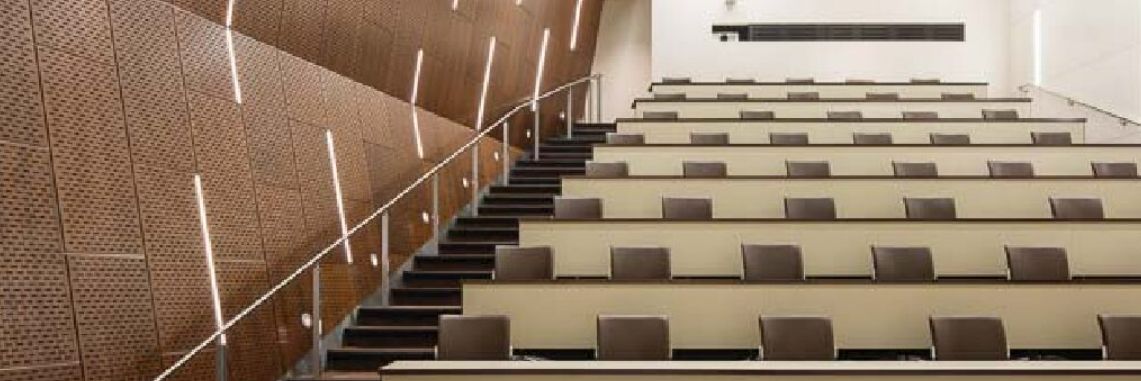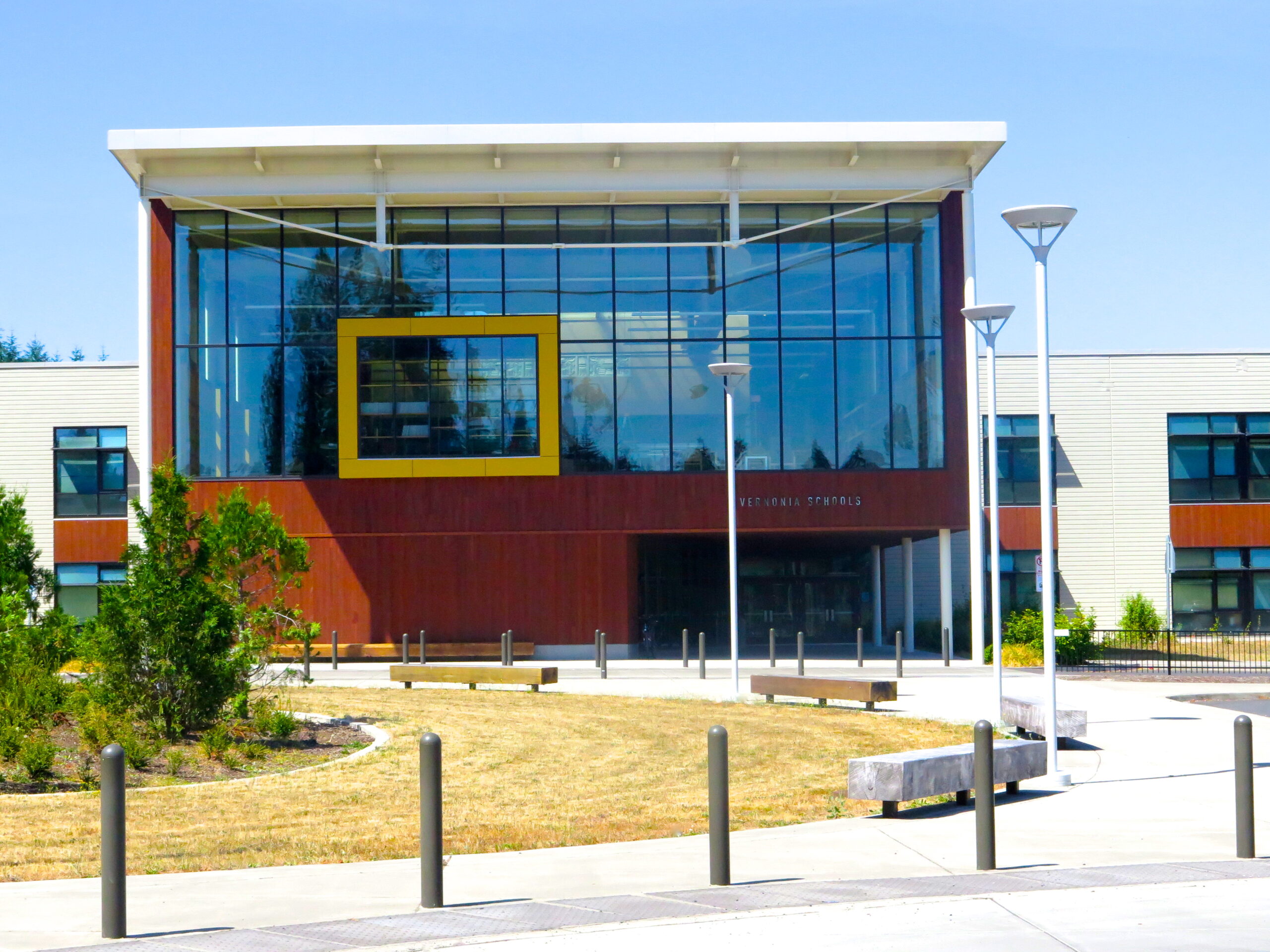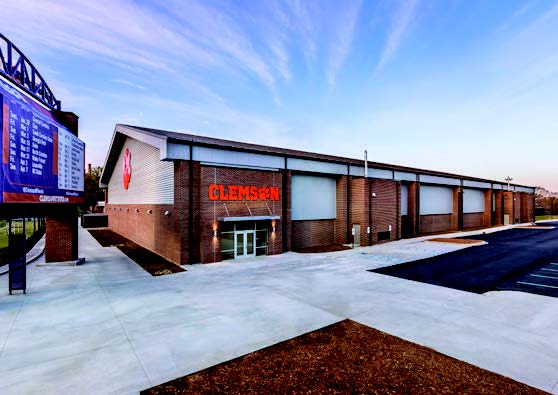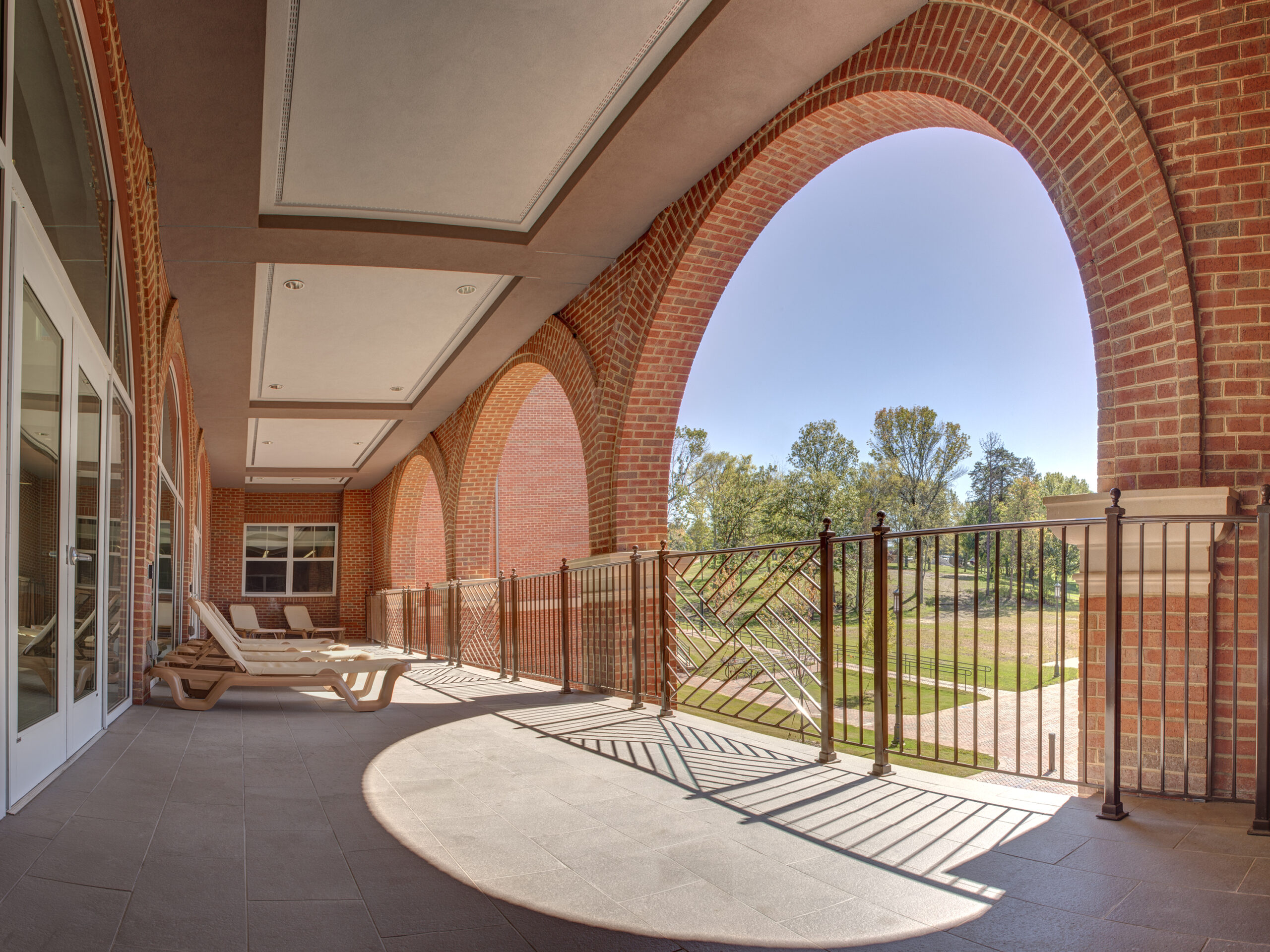The school houses 600 students in a combined facility comprising 35,600 square feet of renovations and 89,500 square feet of new additions. The entire HVAC system was replaced along with upgrades to the existing building envelope.
“We not only created a more energy-efficient building, but the HVAC system also provides better comfort in the space, which helps students pay better attention in class,” says Connie King, Associate Architect at Marotta/Main Architects. “The school also has abundant daylighting to enhance learning.”
“We’ve received project-specific advice as well as ideas for sustainable practices in general that may be applicable to future projects.”
Marotta/Main Architects is working with the School District of Lancaster on 12 school buildings. Facilities assessments showed structural and accessibility issues with the Lincoln Middle School, and the team decided to look at a replacement building. Eventually, though, they reconsidered how to reuse the existing site and building and still provide spaces for 21st-century learning.
“Reusing the existing site is an important sustainability practice because it saves a significant amount of resources,” King explains. “In the end, we used 60 percent of the existing building façade and structural system and aesthetically tied it together with the new additions. It’s a more compact, energy-efficient design.”

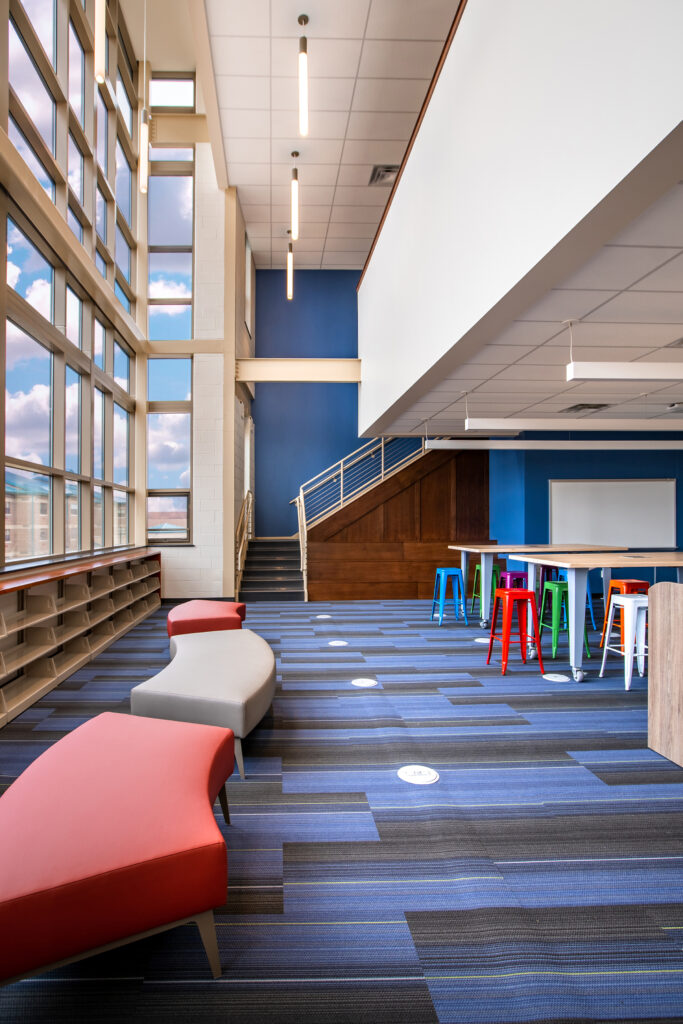
The team saved additional resources with other Lincoln Middle School improvements:
- Occupancy-sensor controls for selected interior spaces automatically turn off lighting during periods of non-use. Exterior lighting is controlled via photocell.
- The project specified low- or no-VOC materials to safeguard occupant health.
- Major upgrades on the existing building envelope promote energy efficiency.
- Following the county conservation district’s high standards led to smart methods for stormwater, erosion and sediment control.
Advanced Instruction
Marotta/Main Architects conducted research comparing green building rating systems and their respective certification costs. King earned the Green Globes Professional (GGP) credential, and the designers approached the district with the prospect of using Green Globes. Now, the Lincoln Middle School is the second Green Globes’ certified project in the district.
The team folded Green Globes criteria into design and construction from the project’s inception, creating an integrated design process. Marotta/Main Architects developed the basis of design using the owner’s project requirements and reviewed the Green Globes’ online questionnaire for new ideas.
“The online questionnaire was great,” King recalls. “We had several meetings where we went through the questionnaire with the structural, civil and mechanical, electrical and plumbing engineers. Then, we took some ideas to the owner to see if they were feasible, balancing them against cost impacts.”’
King found the Green Globes technical reference manual beneficial too. “It offered in-depth descriptions about each criteria,” she says. “Once we submitted our responses to the questionnaire, our Green Globes Assessor gave us the Design Review Report and helpful lists of outstanding documents to provide at the Onsite Assessment or after the visit.”
In particular, King has enjoyed the interaction with the Green Globes Assessors (GGAs) on the two projects.
“We’ve received project-specific advice as well as ideas for sustainable practices in general that may be applicable to future projects,” King notes. “Our assessors on both projects helped us get across the finish line – especially with regard to documentation. They worked through all the points and helped us capture every point the projects were eligible for.”
